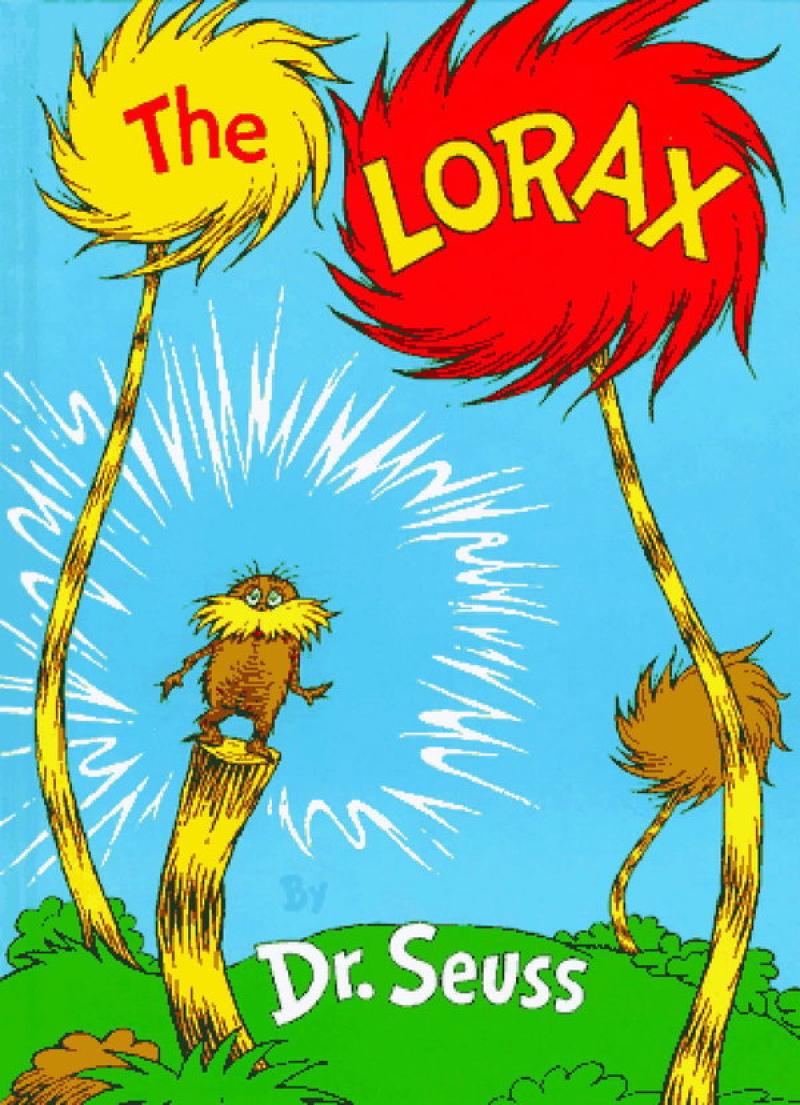Who Was the Real Lorax? Seeking the Inspiration for Dr. Seuss


What inspired the creature who was “shortish and oldish and brownish and mossy?” The one who spoke in a voice that was “sharpish and bossy?” He spoke for the trees, yet he called them his own. All that he left “in this mess was a small pile of rocks, with the one word … ‘UNLESS.’”
In 1970, millions of people observed Earth Day for the first time, and the Environmental Protection Agency was born. Joni Mitchell’s “Big Yellow Taxi” topped the charts.
And in La Jolla, Calif., Theodor Geisel, also known as Dr. Seuss, was fighting to keep a suburban development project from clearing the Eucalyptus trees around his home. But when he tried to write a book about conservation for children that wasn’t preachy or boring, he got writer’s block.
At his wife’s suggestion to clear his mind, they traveled to the Mount Kenya Safari Club, an exclusive resort where guests watched animals along Kenya’s Laikipia plateau.
And if you haven’t guessed by now, it was there that “The Lorax” took shape — on the blank side of a laundry list, nearly all of its environmental message created in a single afternoon.
Today it has been translated into more than a dozen languages, sold more than a million copies and adapted into a 2012 film. It was Dr. Seuss’s favorite book and one that was much discussed for its environmental resonance.
In it, the Lorax, who “speaks for the trees,” pops up from a chopped-down tree stump and angrily demands that a businessman called the Once-ler stop cutting down Truffula trees to knit “thneeds.” But the Once-ler doesn’t listen and eventually is left alone in a crumbling, empty factory on a barren landscape.
Despite an unsuccessful attempt by the logging industry to ban “The Lorax” in the 1980s, many have embraced the storybook as a critical tale about environmental policy, especially for children, ultimately heeding a hopeful message that future generations can save the environment by caring for it. But some have worried that Lorax, with his possessive use of “my” when referring to the trees and other creatures, isn’t really a good teaching model because he comes off as a self-righteous eco-warrior with an unfounded anger.
In an essay published Monday in Nature Ecology & Evolution , the authors argue that the Lorax may not have been as bossy and ineffectual as he seems. Rather, the authors posit that Lorax may have been involved in a type of symbiotic relationship with the Truffula trees and his surroundings, threatened and defensive.
“The prevailing sense among literary critics is that the Lorax is too angry and that environmentalists can’t afford to adopt that kind of rhetoric because it will never work with policymakers,” said Nathaniel Dominy , an anthropologist and evolutionary ecologist at Dartmouth College and lead author of the paper. “If you see the Lorax not as some indignant steward of the environment, but instead, as a participating member of the ecosystem, then I think his anger is so much more understandable, and I think, forgivable.”
Tags





Who is online
59 visitors
